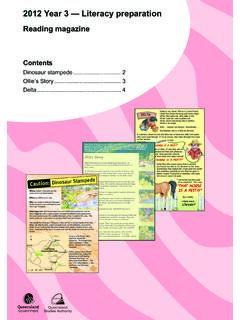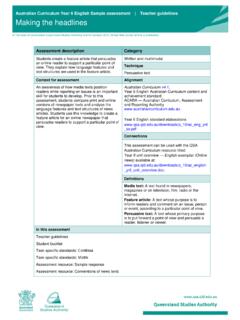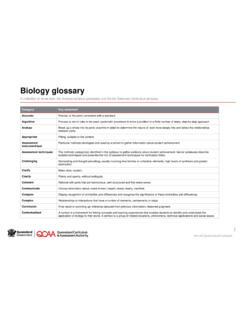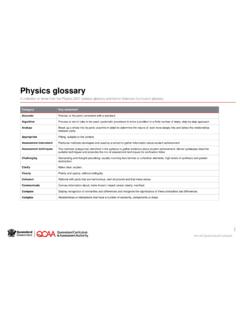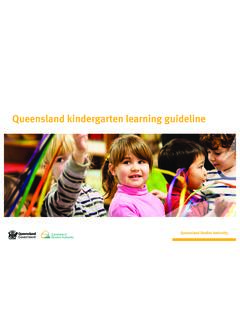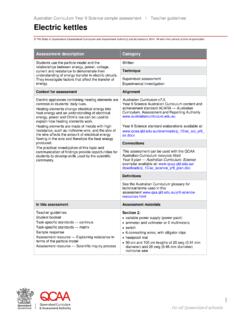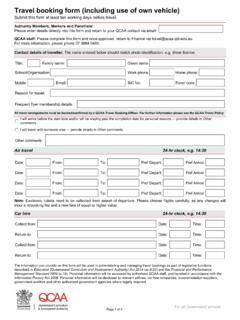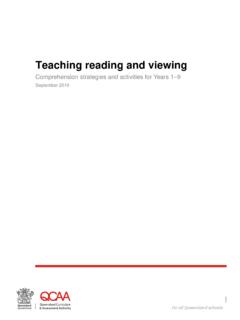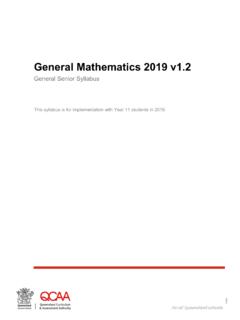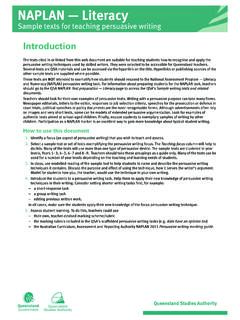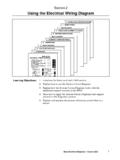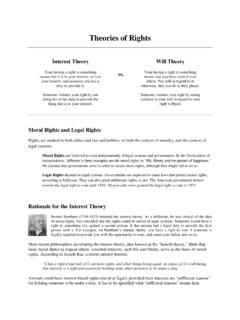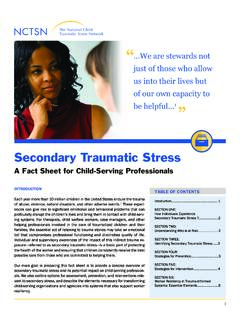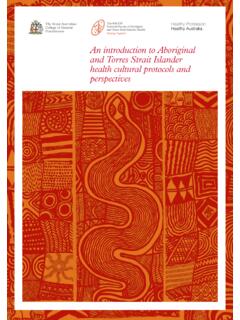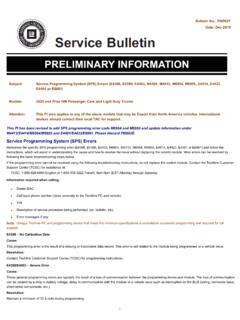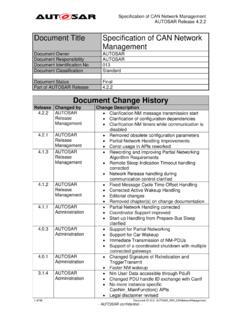Transcription of Integrating the curriculum across learning areas/subjects
1 190953 The Australian curriculum provides scope for educators to integrate the curriculum across learning areas/subjects based on conceptual links as a focus for learning . Purposefully integrated curriculum refers to curriculum and assessment planning that draws on two or more learning areas/subjects . Integrating curriculum across learning areas/subjects has been found to: lead to deeper learning by shifting from surface learning and content coverage to in-depth understanding increase student engagement and motivation lead to enhanced academic performance provide an effective way to teach 21st century thinking and skills lead to increased student self-confidence and self-awareness, so students form positive relationships and recognise their place in their communities. (Moss, Godinho & Chao 2019; Drake & Reid 2018; Fullan & Langworthy 2014) Teaching, learning and assessment considerations When developing opportunities for teaching, learning and assessment using an integrated approach, consider the elements of effective curriculum and assessment planning.
2 When identifying curriculum , consider: finding an authentic conceptual link between learning areas/subjects Nayler (2014) states that content descriptions and achievement standards are the building blocks of curricular planning and this is where the conceptual links are most productively found selecting relevant aspects of the achievement standard and supporting content descriptions within each learning area / subject that naturally align to the identified conceptual link incorporating relevant general capabilities and cross- curriculum priorities, as these can add depth and richness to student learning . When developing assessment, consider: matching evidence of learning required to make judgments against the identified aspects of the achievement standards for each learning area / subject incorporating more than one learning area / subject in a task developing appropriate techniques and conditions for collecting evidence of student knowledge, understanding and skills creating opportunities to gather ongoing assessment evidence related to each of the learning areas/subjects to adjust the teaching and learning sequence.
3 Integrating the curriculum across learning areas/subjects Prep Year 10 Integrating the curriculum across learning areas/subjects Prep Year 10 Queensland curriculum & Assessment Authority November 2019 Page 2 of 2 When planning teaching and learning , consider: maintaining the intent of each learning area / subject by ensuring a clear focus on the key characteristics of the contributing learning areas/subjects using an appropriate pedagogical approach to support and engage students in their learning making age-appropriate links to local, regional or global issues, as these can offer an engaging authentic context for learning sequencing learning experiences and teaching strategies to support students to develop knowledge, understanding and skills within each learning area / subject using a range of resources to complement teaching, learning and assessment.
4 When making judgments, consider: comparing the evidence of learning against the task-specific standards for each learning area / subject . Further reading For more information, see: Planning for teaching, learning and assessment, Quality assurance: Attributes and principles in assessment design, STEM in Queensland schools , References Drake, S & Reid, J 2018, Integrated curriculum as an effective way to teach 21st century capabilities , Asia Pacific Journal of Educational Research, , pp. 31 50, Fullan, M & Langworthy, M 2014, A rich seam: How new pedagogies find deep learning , Pearson, London, UK, Moss, J, Godinho, SC & Chao, E 2019, Enacting the Australian curriculum : Primary and secondary teachers approaches to Integrating the curriculum , Australian Journal of Teacher Education, vol. 44, issue 3, pp. 24 41, Nayler, J 2014, Enacting Australian curriculum : Making connections for quality learning , An issues paper prepared for the Queensland Studies Authority, Brisbane.
